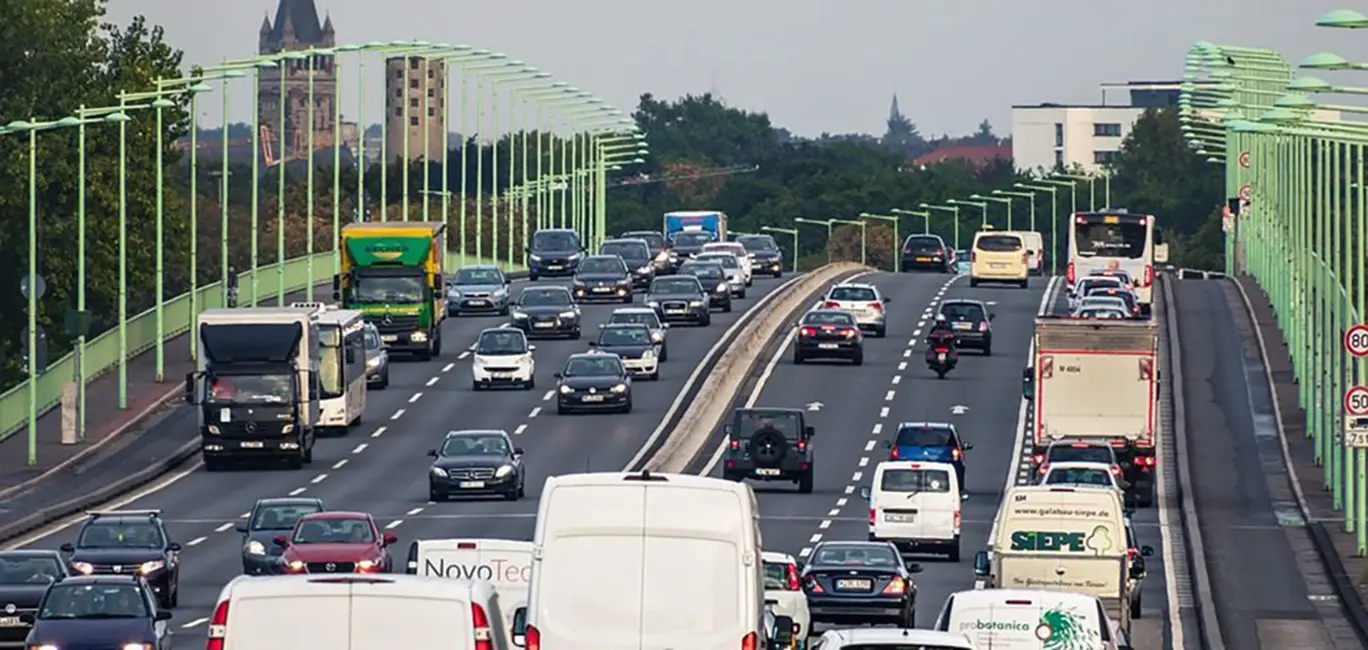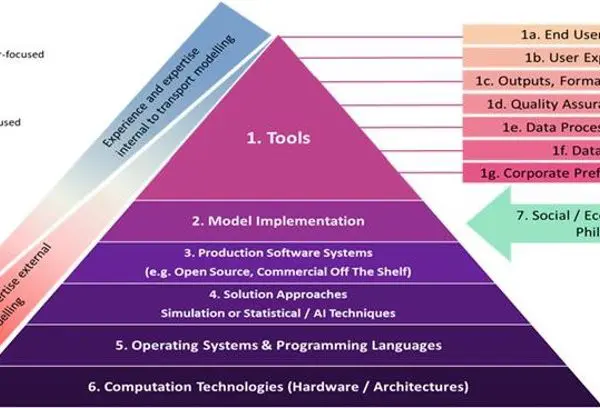
Future of Modelling
End client
WSP - National Highways
Location
VLC, as sub-contractors to WSP, were part of a team undertaking a review of current modelling practice in National Highways, looking at emerging policy questions that models need to support and innovation within and outside of transport modelling. Through workshops and a novel horizon scan, demand for and supply of relevant innovative techniques were established. The 10 key themes were taken forward to more detailed appraisal through Option Assessment Reports (OARs).
Client requirements
As part of the WSP/Mott MacDonald/VLC/City Science team on the SPATS2 framework, National Highways procured a research programme to ensure that their approach to traffic modelling is relevant to the needs of their customers, consistently applied, and data-led.
The key aims of this project were:
- To understand how traffic models are developed and applied
- To make recommendations how traffic modelling could be improved to become more consistent and to standardise process and application
- To understand what the questions asked of modelling will be in relation to future business needs
- To make recommendations as to how any future transport model(s) should be scoped to fully satisfy future business needs
- For those recommendations agreed for further development, to develop business cases demonstrating the need for, and costs and benefits of, alternative implementation routes
Delivered outcome
VLC undertook a horizon scan of innovation in modelling and forecasting, building on insights and networks of an international Steering Group. Working closely with partners City Science, we developed a framework of transport modelling building blocks, separating ‘under the hood’ supporting technologies, philosophies that underpin the translation of reality into mathematical models, and transport model implementation into practical tools.
VLC led a number of workshops, to elicit the need for model improvements from a range of stakeholders internal and external to National Highways.
This horizon scan of future modelling methods guided the development of ten Option Assessment Reports, considering improvements in hardware, software, algorithms and methods, data, implementation and end user experience. The reports identify candidate approaches or options for that investment and recommend a preferred and next best option.
